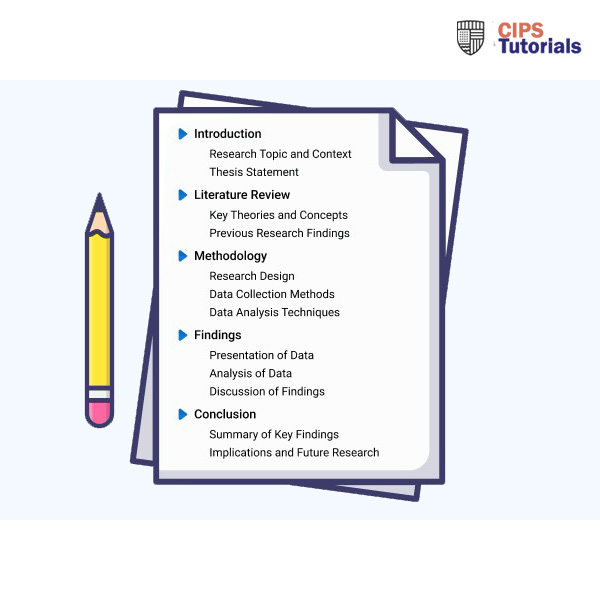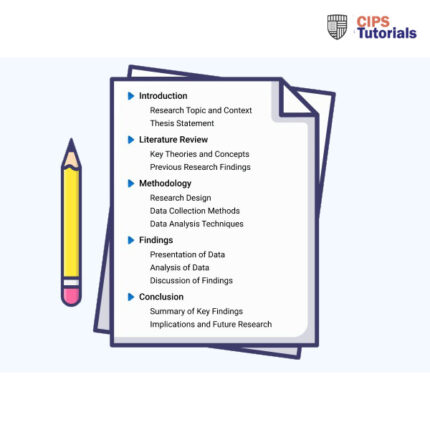(Solution) CIPD Level 7 7HR02 Question 1 (AC 1.1) Analyse one external and one internal factor that is shaping the organisation’s resourcing and talent strategy

New User Gifts
First Order Deal get Ksh 200 Off.
£ 20.00 Original price was: £ 20.00.£ 10.00Current price is: £ 10.00.
Payment Methods:
Description
Solution
Question 1 (AC 1.1)
Analyse one external and one internal factor that is shaping the organisation’s resourcing and talent strategy. Recommend how this strategy could be improved to respond to these factors.
Question 1 (1,019 Words)
In this section, the external and internal factors which shape the organisation resourcing and talent strategy have been put into account. This is with a recommendation on improvement of the strategy provided.
External and Internal Factors Shaping MOT’s Resourcing and Talent Strategy
External Factor-Technological Advancements
Due to the changes in the transport and logistics industry regarding technological advancements, organisations, like the Ministry of Transport and Logistics Services (MOT), are witnessing changes in the way they have been resourcing and developing talent. As part of Vision 2030, MOT modernises infrastructure and integrates promising technologies such as autonomous vehicles, artificial intelligence, internet of things (IoT) systems and green energy solutions (MOT, 2024). While these technologies can allow for more efficient, more sustainable, and more intelligent logistics operations, the demand for highly skilled professionals who can manage and implement these innovations is critical (Gilch & Sieweke, 2020).
This is a challenge for the external labour market. As industries across the board move towards digital transformation, global competition for talent with AI, big data analytics and smart systems skills is intense (Schneider & Kokshagina, 2021). For MOT, not only does this competition make attracting such talent hard, but it also adds pressure to the organisation to offer competitive compensation packages and plans for long term career growth. Additionally, as explained by Li (2022), there is the need of upskilling the existing workforce on an ongoing basis as the pace of technological change increases. In addition, with MOT’s focus on modernisation of infrastructure, it has to attract not only technology experts but also experts in environmental sustainability as green logistics and carbon reduction targets are important to achieve (MOT, 2024).
To remain relevant, professionals have to follow the latest developments in technology (Padmaja & Mukul, 2021). Consequently, MOT must not only recruit externally but also build up and develop internal capabilities to narrow the gap between the current skill sets of the existing workforce and future skill needs. This factor demands a strategic approach to recruitment, retention and workforce development to maintain competitiveness and meet the mandate of the Ministry.
Internal Factor-Workforce Demographics
The internal challenge with workforce demographics is critical for MOT. The organisation is likely to be employing a lot of senior professionals nearing retirement and many younger employees early in their career. Although having experienced senior staff is valuable when it comes to such strategic initiatives, their impending exit causes the risk of huge knowledge gaps (Banfield et al., 2018). Senior employees have critical knowledge that consists of the organisation’s processes, policies, and long-term projects. According to Klotz et al. (2020), this risks creating big gaps in institutional memory for their potential departure from the workforce. The absence of sufficiently developed knowledge transfer mechanisms when experienced staff depart can result in ongoing operations being disrupted and block the organisation from successfully executing strategic objectives.
At the same time, younger employees are full of energy, bring new perspectives, but are also looking for fast career advancement and interesting cutting–edge projects (Viviani et al., 2021). MOT therefore, if it does not match their expectations by providing the opportunity for employees to grow, innovate and learn will face the consequences of employees becoming disengaged or leaving. Such a scenario creates a retention risk, especially in a competitive job market where companies are looking for skilled professionals. In addition, it is equally important to encourage a culture of collaboration between these groups to ensure proper transfer of knowledge (Lam et al., 2021). If no intentional strategies are implemented, the organisation may have a difficult time keeping institutional memory and project continuity alive in crucial projects. These demographic challenges must be met if MOT’s operational efficiency is to be sustained and broader MOT objectives under Vision 2030 fulfilled.
Recommendations on Improving the Strategy
Introduce Partnerships for Training and Talent Pipelines:/…..
Please click herein to access this assessment in full

